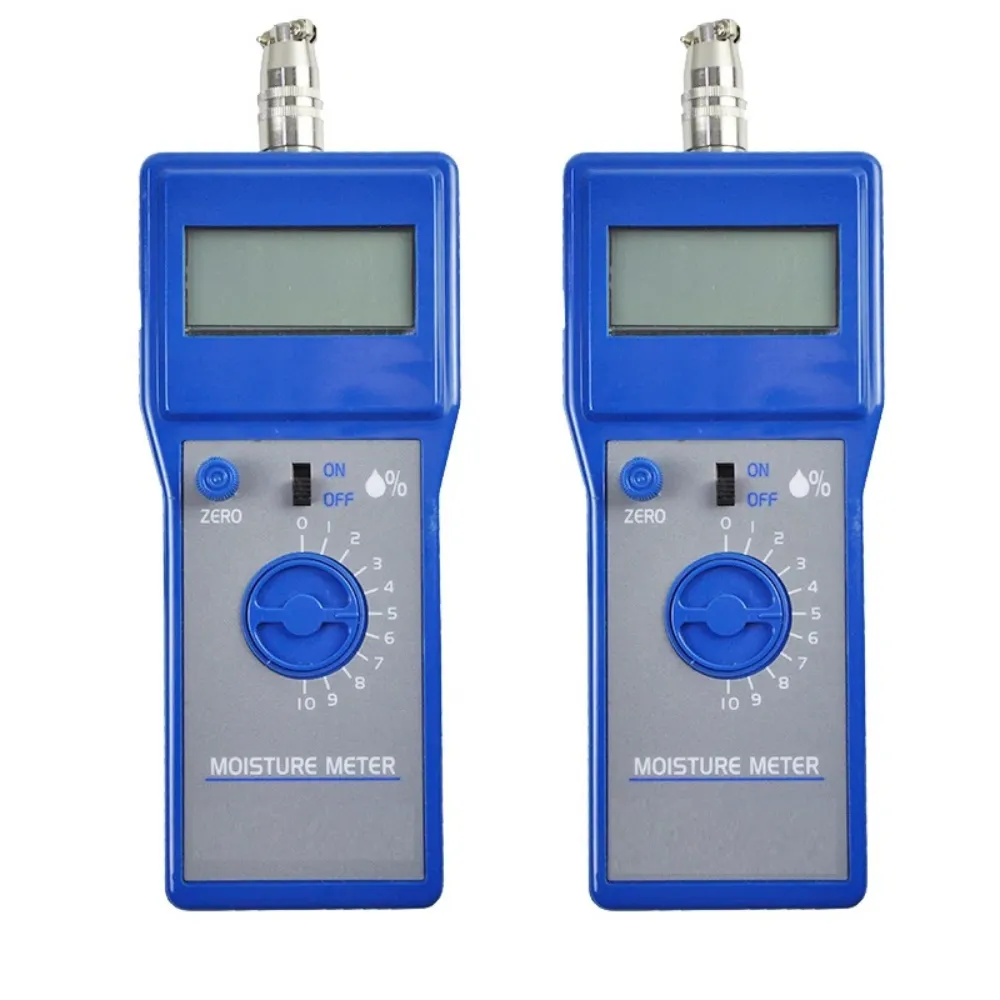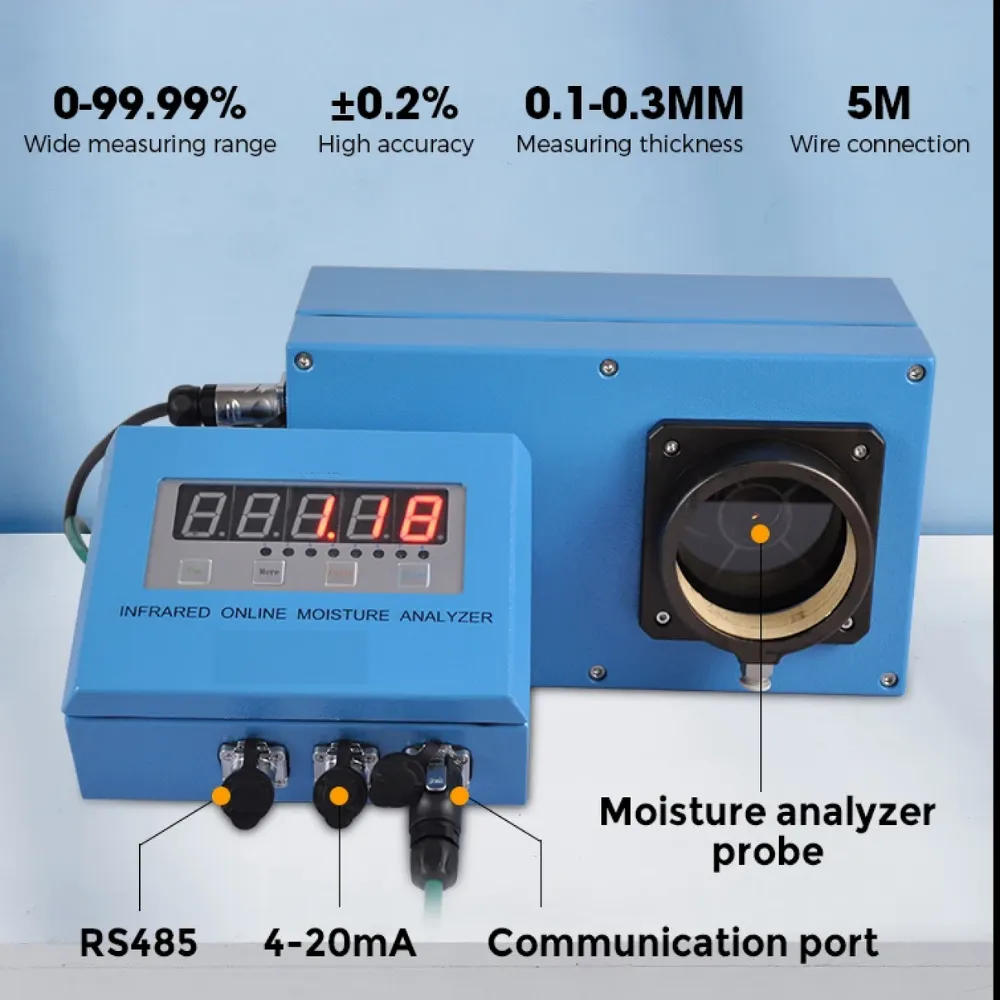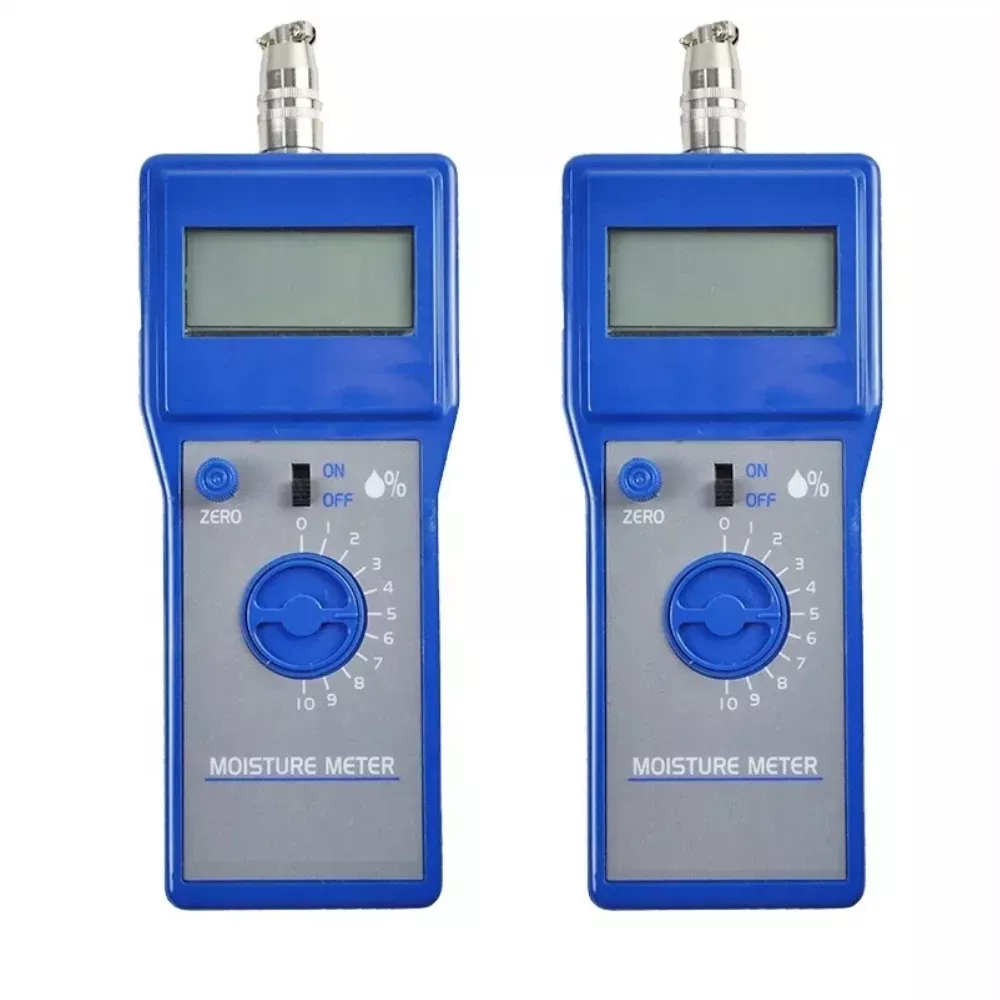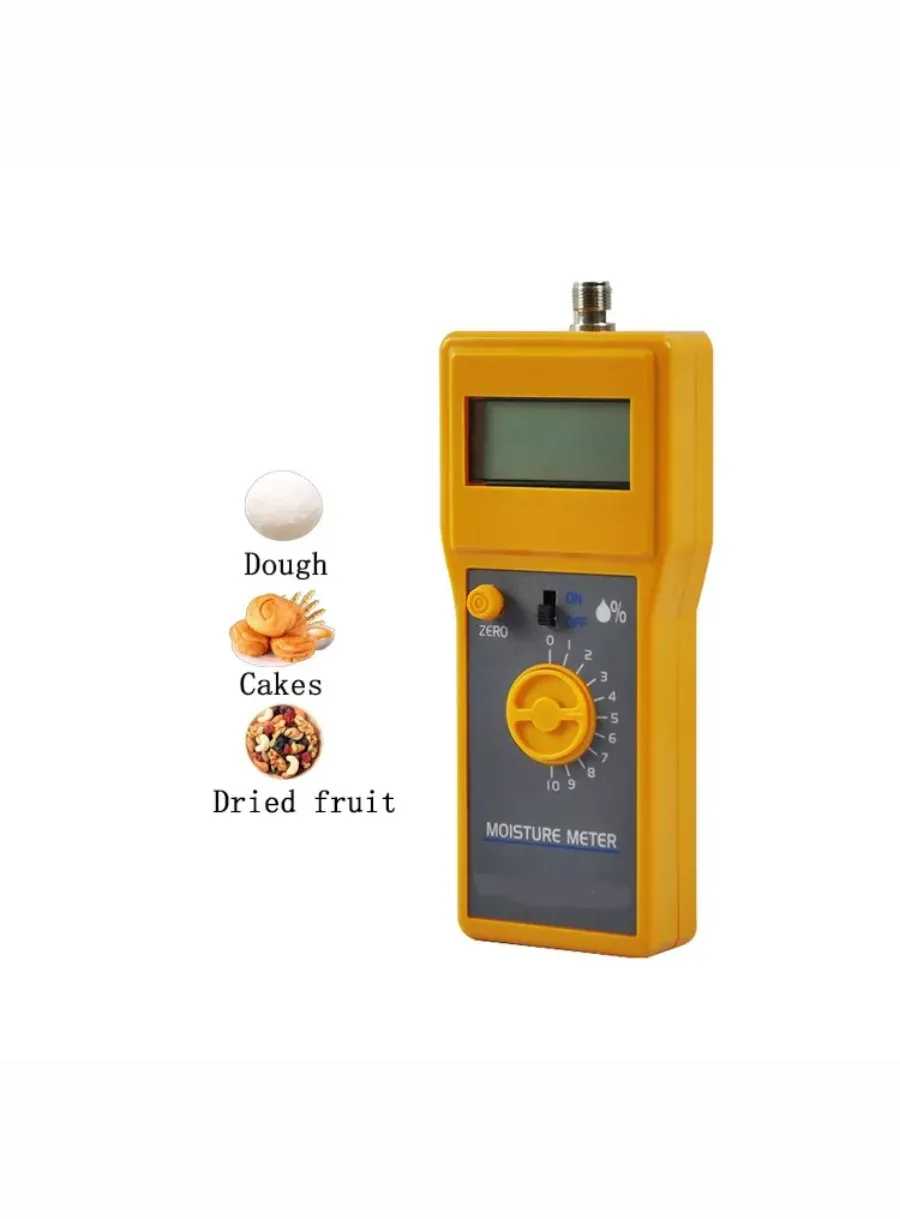
Tips for Proper Maintenance and Care of Custom Rice Moisture Meters
Table of Contents

Custom rice moisture meters are essential tools for farmers and agronomists who need to monitor the moisture content of their rice crops. These devices help ensure that the rice is harvested at the optimal moisture level, which is crucial for maintaining its quality and preventing spoilage. In this article, we will discuss some tips for proper maintenance and care of custom rice moisture meters to ensure their accuracy and longevity.
First and foremost, it is important to calibrate your custom rice moisture meter regularly. This can be done by following the manufacturer’s instructions, which typically involve comparing the meter’s readings with those of a known standard. Calibration is essential for maintaining the accuracy of your meter, as small errors can accumulate over time and lead to significant inaccuracies in your measurements.

Another important aspect of maintaining your custom rice moisture meter is keeping it clean and free of debris. Rice fields can be dusty and dirty, and this dirt can easily accumulate on the meter’s probes and other surfaces. To clean your meter, simply wipe it down with a soft cloth or tissue, taking care not to damage any sensitive components. If necessary, you can also use a mild detergent or solvent to remove stubborn dirt or grime.
Proper Storage Practices
In addition to cleaning your meter, it is also important to store it properly when not in use. Ideally, your meter should be stored in a cool, dry place away from direct sunlight or extreme temperatures. Exposure to high temperatures can cause the meter’s internal components to expand and contract, which can lead to damage or malfunction. Similarly, exposure to low temperatures can cause the meter to become less accurate or even freeze up.
Careful Handling During Use
When using your custom rice moisture meter, it is important to take care not to damage the probes or other sensitive components. Be sure to insert the probes into the rice sample carefully and evenly, avoiding any sudden or forceful movements that could cause the probes to become bent or misaligned. Additionally, be sure to handle the meter gently and avoid dropping it or subjecting it to sudden impacts, as these can cause damage to the internal components.
Battery Management
Finally, it is important to keep track of your meter’s battery life and replace the batteries as needed. Most custom rice moisture meters use standard alkaline or lithium batteries, which can typically last for several hundred hours of use. However, the battery life can vary depending on the specific model and usage patterns, so it is important to monitor the battery level and replace the batteries as needed to ensure that your meter remains accurate and reliable.
Conclusion
In conclusion, proper maintenance and care of your custom rice moisture meter are essential for ensuring its accuracy and longevity. By following these tips, you can help to keep your meter in good working order and ensure that you are able to make accurate measurements of your rice crops’ moisture content.
Comments
Tags
Frequently Asked Question
It’s best to follow the manufacturer’s recommendations, but generally, calibration should be done at least once per growing season or more frequently if the meter is used extensively.
Use a soft cloth or tissue to wipe down the meter, being careful not to damage sensitive components. For stubborn dirt, a mild detergent or solvent can be used.
Store it in a cool, dry place away from direct sunlight and extreme temperatures to prevent damage to internal components.
Battery life can vary, but most meters can operate for several hundred hours on standard alkaline or lithium batteries. Regular monitoring of battery levels is recommended.


